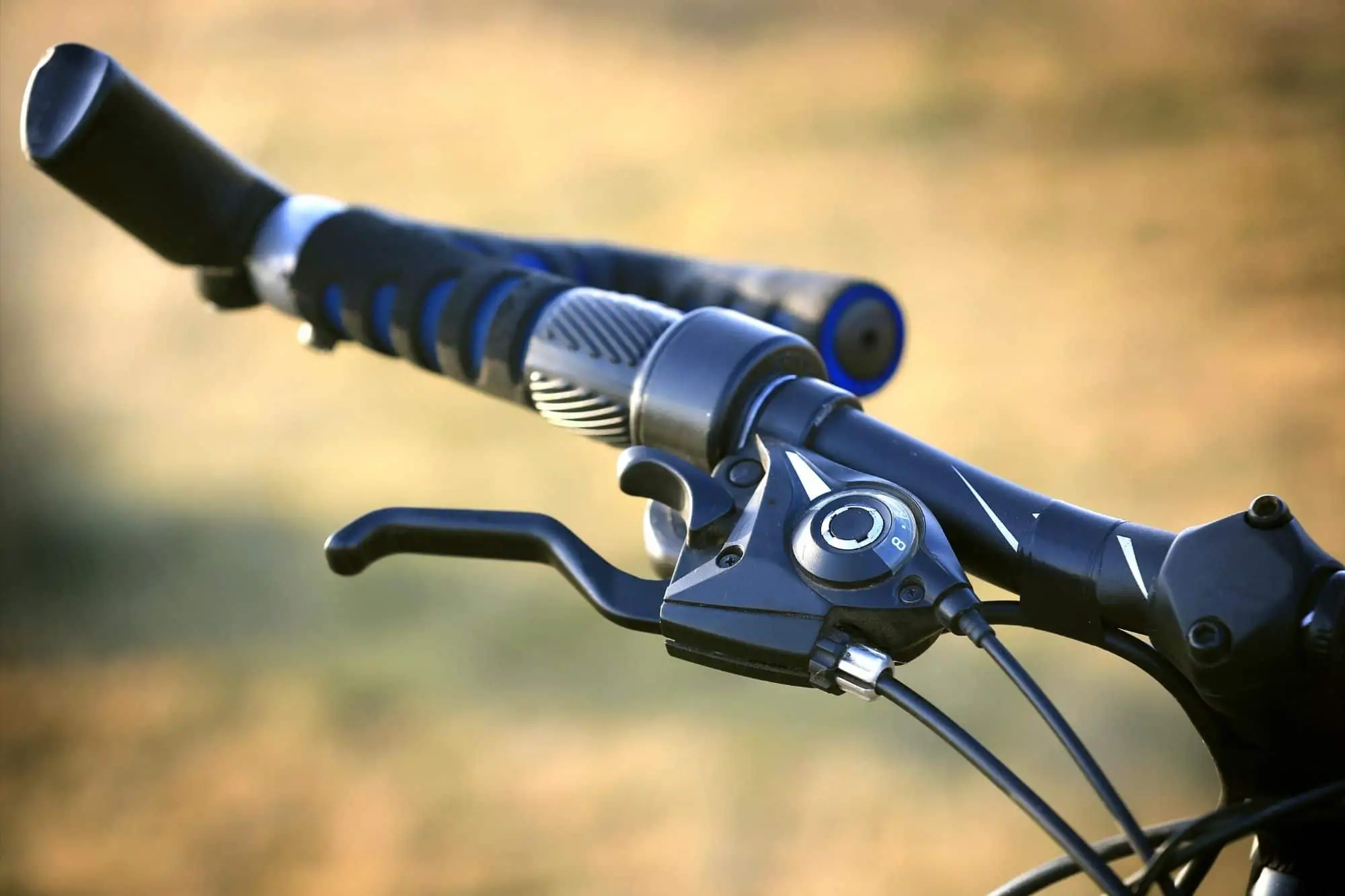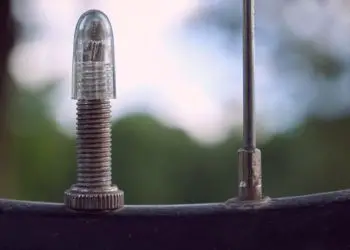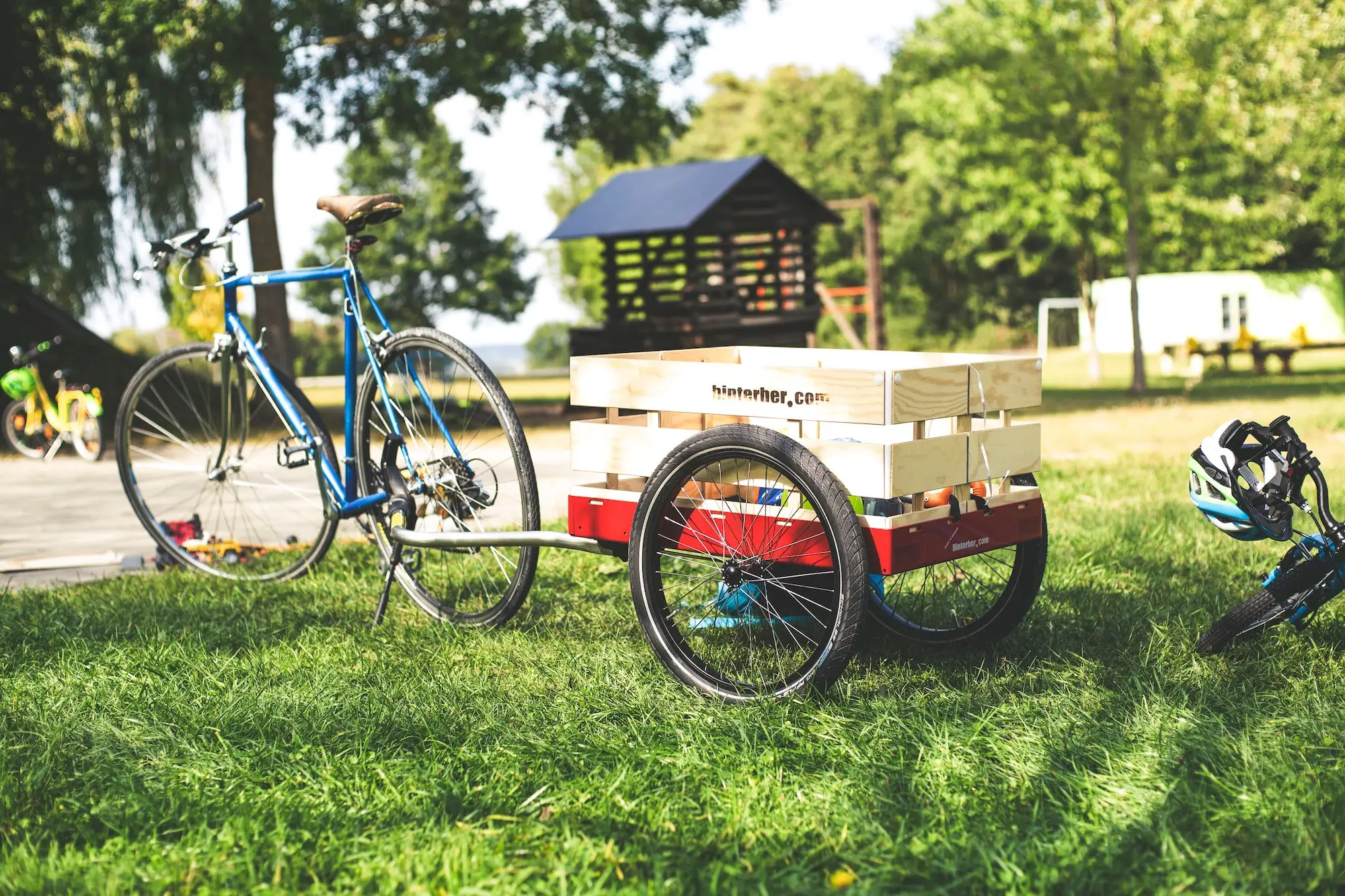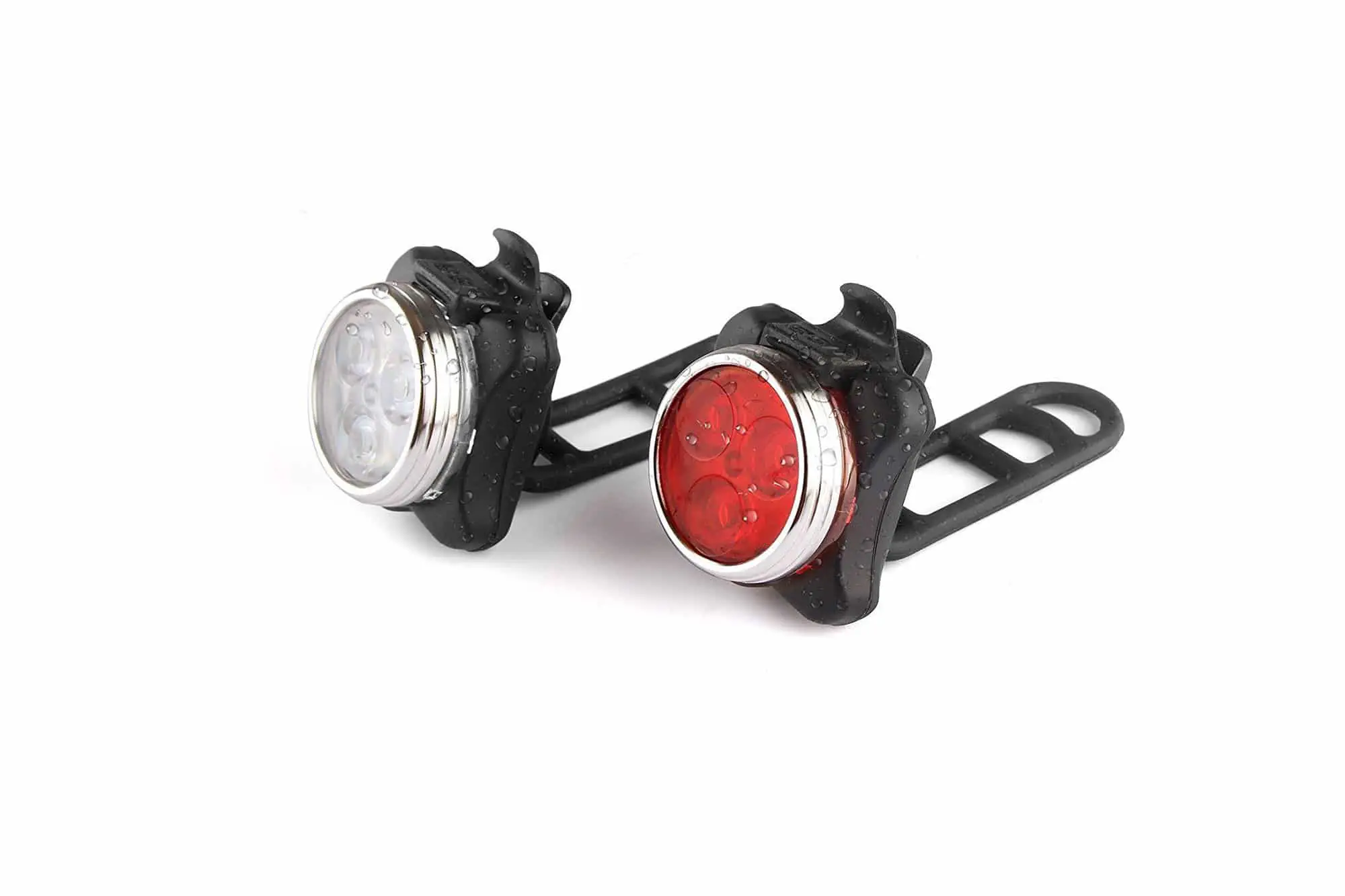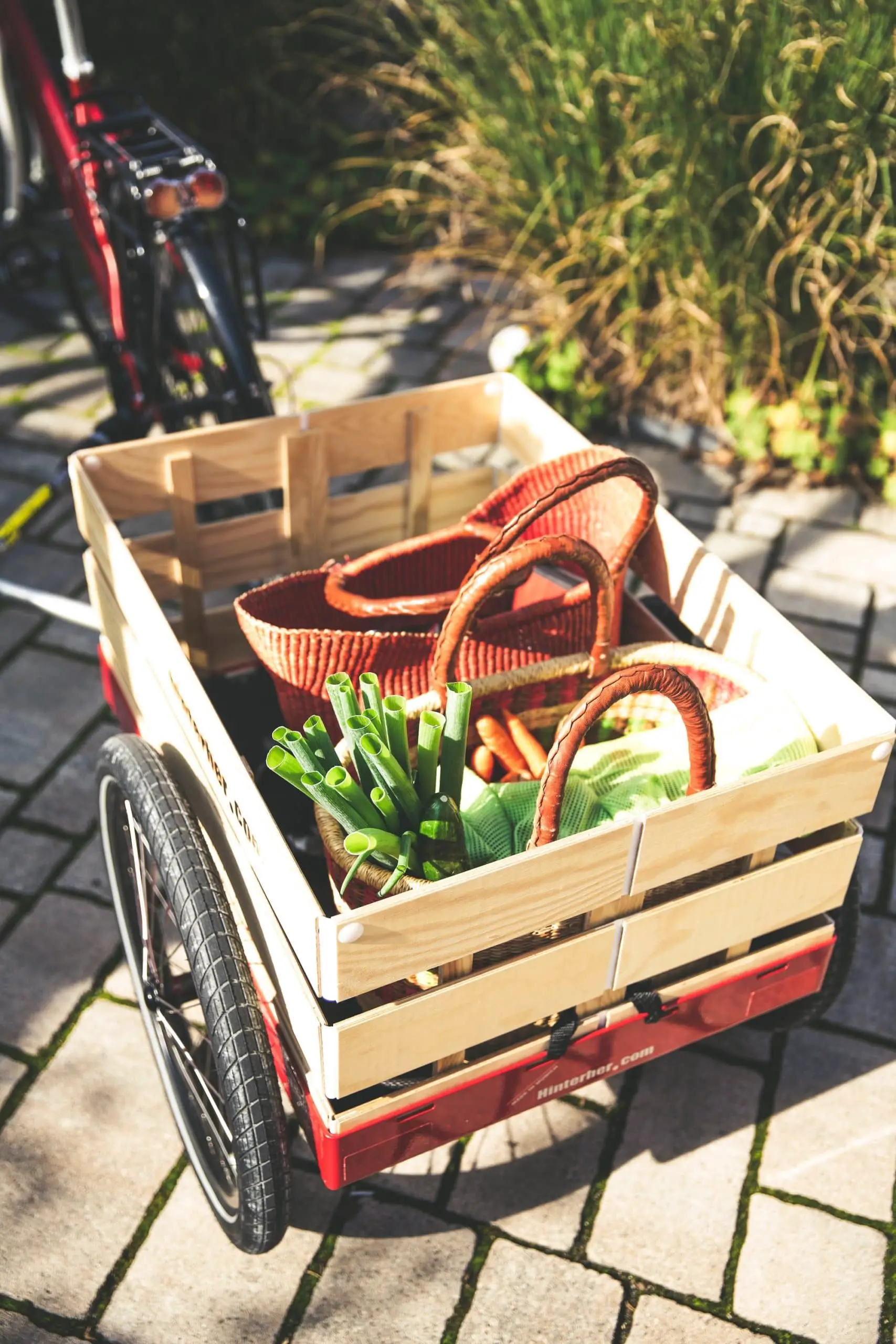We must admit that handlebar grips are the least thing that we consider on a bike. But did you know that choosing the right grip on your bike adds to the immersive cycling experience? Yet selecting the one that could give you full control and comfort among the hundreds of handlebar grips advertised on the market makes you question which one suits you best?
We compiled these useful tips to help you pick the right handlebar grip for your bike.
Read on.
Tip #1: Make sure that it is as grippy as possible.
Traditional handlebar grips available in the market are cheap, simple, and very light. Some variants come as a rubber sleeve that installs effortlessly in the handlebar. This rubber sleeve may be the right choice, but this kind of grip can slip off easily in wet conditions due to substandard rubber compounds that degrade over time.
A handlebar grip’s reliability also depends on the compound. The thumb’s rule is that the harder the rubber, the grippier and more durable it is. Thin rubber layers usually cause fatigue to the hands and arms. Finding a grippy bar tape should not compromise your comfort.
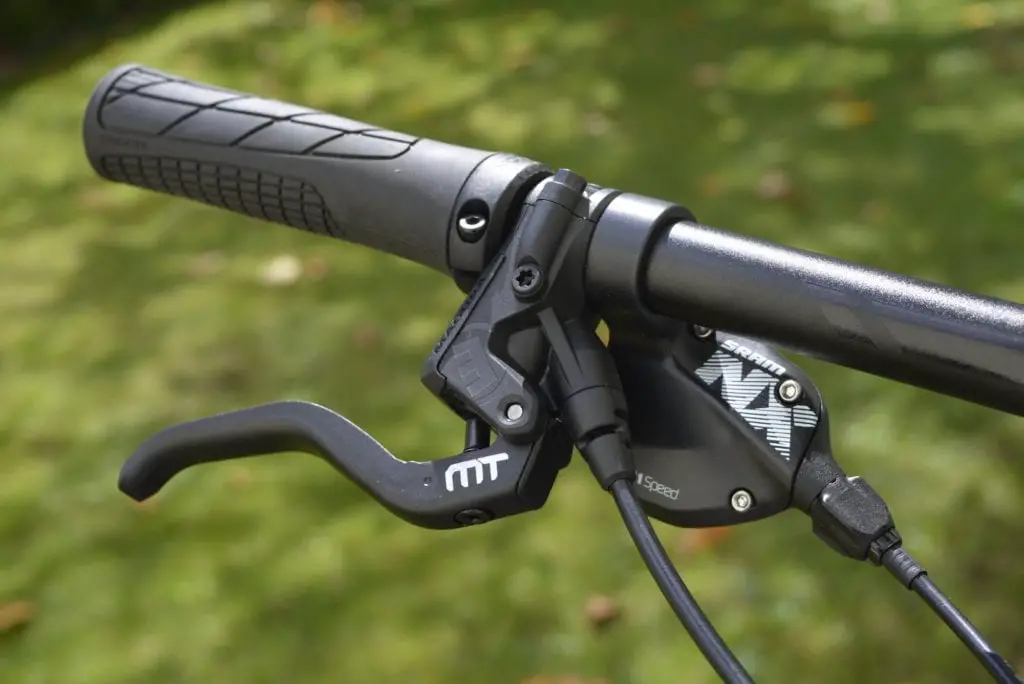
Tip#2: Long-distance rides complement well with grips that absorb vibration.
Vibrations during bike rides cause tension and fatigue to the hand and arms, which is not good. To avoid this, grips that have a thick rubber outer layer is the right choice.
Other alternatives to a thick rubber are foam tubes and silicone. Foam tubes and silicones are becoming more popular with long-distance riders for its capability to absorb vibration that lessens arm fatigue. These cheap grips don’t have lock collars and integrated bar ends just like your traditional handlebar grips.
The down side for these foam and silicone tubes is that they tend to get loose and move around. They also wear out quickly than your regular rubber grips.
Tip#3: Locked-on grips on the handlebar provide extra grip and safety.
One famous attachment riders use is a metal ring attached to the rubber grips and locked to a small (2 or 3mm) Allen key bolt. They come in a wide variety of sizes and compounds.
Though these “locked-on” grips provide extra security, they are more expensive, and finding slimmer sizes is hard. Also, installing the rings that lock the grips on the wrong place can interfere with your hand or palm.
Tip#4: Grips size affects overall control and comfort.
There is no right or wrong when choosing the grips for your handlebar. It is just a matter of trying to know which one to use for a certain ride. You will know if the grip you are using is not fit for you when you feel uncomfortable with it. And this affects the way you control the brakes and shifting gears, and the handlebar itself.
For starters, 31mm grips are a great starting point. Also, there are extended grips that you can try. These kinds of grips provide better control and usually come with no flange.
Tip#5: Patterns on the grips promote a better grip.
Patterns on the grips are not just for esthetics. These patterns are designed to add to the traction on the handlebar’s grip. Most branded grips used to design their logos on the handlebar grips ergonomically to add precision and comfort.
Frequently Asked Questions About Handlebar Grips
In addition to the tips we gave above, here are some answers to the questions we frequently receive about handlebar grips:
What’s the difference between a slide on and a lock on grips?
Slide on grips is easily installed by sliding it over to the handlebar’s end and holding it in place using adhesives such as glue or rubbing alcohol. Some use chemicals like hairspray and solvent.
While lock-on grips use hard industrial plastics or metal alloy to secure the grip. The ring is then locked into place with a hex or an Allen key bolt or a screwdriver.
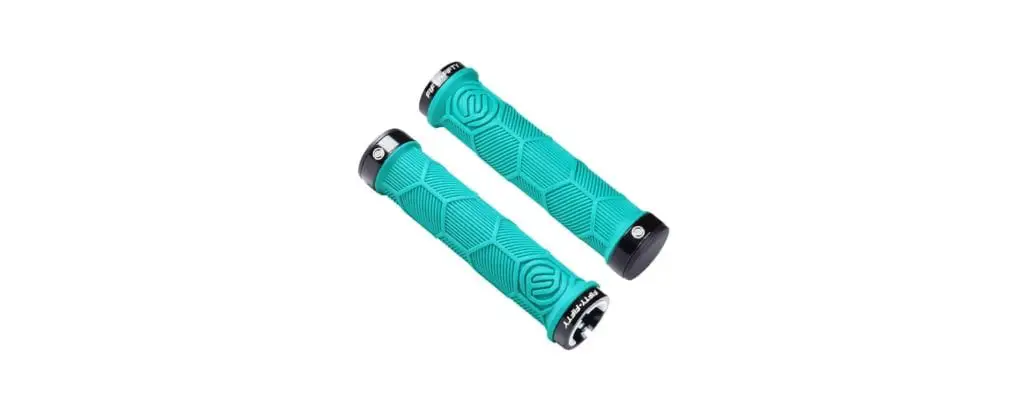
What materials are grips made?
There are four known types of grips: rubber, silicone, foam tubes, and even Kevlar. Each of the compounds has its tradeoffs that are worthy of consideration.
Does grip shape and size matter?
Manufacturers nowadays produce grips in various sizes and shapes; this allows riders to have multiple options to choose from according to their needs and preferences. Comfort and overall control on the handlebar must be the main factors to consider. Choosing the wrong shape and size will result in discomfort and injury.
Never use grips that make you feel uncomfortable or do not fit your hands. These will interfere with your brake and shifting control, especially during long rides.
Does grip color matter?
Customizing the color of your grips make you stand out. It shows personality and character and promotes confidence during each ride. Companies that make handlebar grips offer a variety of eye-catching designs and colors. Some popular types of grips are mass-produced with different options to choose from.
Though these vivid colors and styles are attractive, never sacrifice color and style for quality. If the perfect grip is not available in the color of your preference, choose the closest color. Always remember to put comfort and control over style and color.
Here’s a list of the best MTB bar grips you can buy today.
Looking for the best handlebar bags? Click here.
Happy biking!


